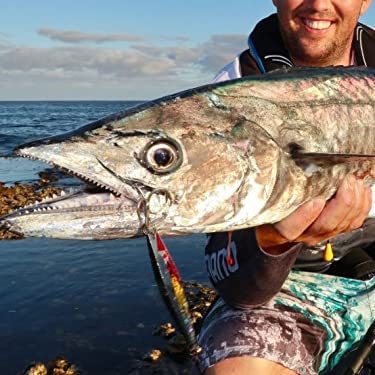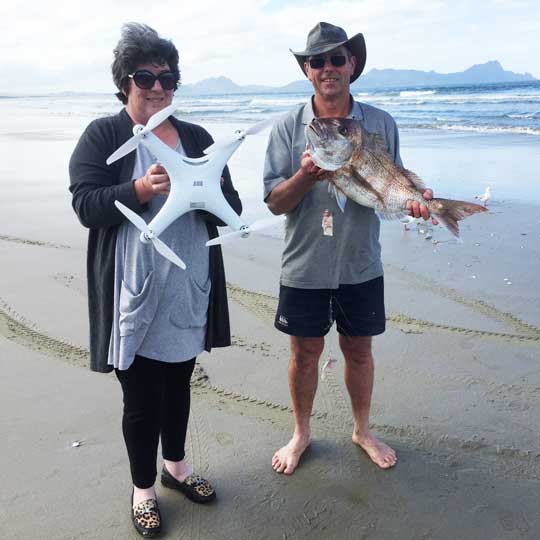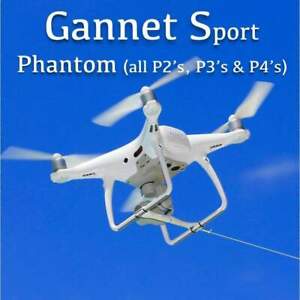
A drone can help you fisherman who has always dreamed of landing the big catch. A drone makes it easy to map out a location and many drones come with a Cable Cam feature. This allows you use the drone as a cable to fly it. When you are searching for fishing spots, the cable cam feature is very useful. When not in use, the drone can be folded and stored in your fishing bag.
Fisherman FD1
Is it possible to have a drone that can be used for fishing but not for your own fishing? You might consider purchasing a Fisherman FD1 drone-fishing kit. The drone has features that will improve your fishing experience. These include an altimeter pod and elevated GPS pod to ensure precise positioning and control. The GPS and altimeter will minimize interference from the environment. The drone's altimeter will always point north so you won't accidentally reset it. Push-button remote control can be used to set the camera to capture color HD real-time views. The range of the remote control is approximately 1600m. A new remote control lets you operate the Fisherman FD1 drone over longer distances.
The SwellPro Fisherman waterproof drone has a HD camera and FPV glasses. It can store a 2kg or 2-kg bait. Its flight time is up to 30 minutes and has an internal waterproofing system. You can buy an additional camera or FPV goggles to increase the drone's durability.
Cuta-Copter Ex-1
Cuta-Copter Ex-1, a drone that you can fly yourself, is a great option. You can capture stunning photos and video at a distance with this drone. The drone has a range up to 3.5 miles and a five-hour battery life. The drone can fly up to 30 minutes. This is enough time to cast your line and hit the return home button. It is also very stable while hovering so that you don't have to worry if the drone falls over while casting.

The Cuta-Copter EX-1 fishing drone is waterproof and can float on water. The Ex-1 drone is capable of carrying up to three kilograms worth of bait. Although the drone does not include a charger or a battery for charging, you can download the Cuta-Copter mobile app to remotely control your drone from anywhere. You have the best of both worlds. Once you've mastered the art of fishing with your Cuta-Copter Ex-1 drone, you'll have an amazing experience with this new technology.
Upair
The Upair drone fishing kit is much more user-friendly than other models. It can capture amazing footage. The Upair can fly for 20 minutes on average and has a range up to 0.5 km. It has a high-resolution camera and a LCD screen for its controller. Upair's GPS and the FPV monitor transmission ensure you have the best view possible of the lake from which you are fishing. The drone can be programmed and sent to a destination address. If the signal goes out, it will automatically return home.
Upair's drone fishing kit includes a downrigger attachment. This attachment can be attached to your remote-controlled fishing device's landing gear. This feature allows you to reduce the fishing work and allow you to concentrate on catching fish. You can connect the downrigger with your fishing line or bait and the drone's flight will take it in the air and drop the bait to wherever you want. Your drone can be attached to your fishing boat so you can drop your bait.
Cosee unmanned aircraft systems
Cosee's UAS drone fishing kit features a few distinctive features that make it stand out as a new fishing tool. It allows you to cast your line from an altitude of over 98 feet while allowing you to see what you're fishing for. You can even record your fishing adventures with the fish finder and camera included. This technology is great for surfing fishing. You can drop your bait far from the boat but still have deep enough water to catch the fish.

In order to take advantage of this unique technology, you'll want to be familiar with the rules and regulations for flying your drone over bodies of water. You'll want to stay about 40-60 feet away from the boat when fishing, and make sure to fly the drone straight up. Keep the drone in a steady, consistent speed so you don't bump into buildings or people. You can use the drone to document fishing excursions of other fishermen and share them with your followers.
FAQ
What are the laws regarding flying drones
The Federal Aviation Administration (FAA), regulates drone operations in the United States. To operate a drone commercially, you must first get a certificate from the FAA. After that, you must pass an exam and complete a course to learn piloting skills. You will then need to pay an agency fee.
Is it legal to fly a drone in the United States?
Yes, flying drones is illegal in some countries such as Australia, Canada, Germany, Japan, New Zealand, Singapore, South Korea, the United Kingdom, and the United States. It is legal in countries such as France, Italy Netherlands, Poland and Russia.
What is the main difference between a quadcopter or a helicopter?
A quadcopter is an four-rotor helicopter which flies in the same manner as a conventional helicopter. It has four rotors that rotate independently. A quadcopter has four rotors. The hexacopter has six. Hexacopters can be more stable and maneuverable that quadcopters.
Can I fly my drone indoors
Yes, your drone can be flown indoors. There are only a few things you need to do: Make sure your home is free of obstacles and hazards. Avoid flying near heating vents, heating vents and air conditioning units.
Do I need special training to fly a drone?
No, you don't need special training to fly your drone. You just need a remote-control unit and basic knowledge in flight mechanics.
Statistics
- With the top 10% making over $100/h and the bottom 10% making as low as $10/h. (dronesgator.com)
- According to industry research from ZipRecruiter , there are 10 cities where the typical salary for a Drone Pilot job is above the national average. (dronesgator.com)
- According to Indeed, a drone pilot gets paid $25.73 per hour on average in the US. (dronesgator.com)
External Links
How To
How to Fly Drones at a Beginning Level
A drone is an unmanned aerial vehicle that can be remotely controlled and used for surveillance, aerial photography, film production, research, and other hobby purposes. The technology behind drones has been around since World War II. DJI's Phantom series of quadcopters was the first to be commercially used. There have been many types of drones since then, including beginner-friendly drones like the Parrot AR Drone 2.0 and professional-grade multi-rotor crafts like the DJI Mavic Pro.
You can fly a drone in many different ways, including:
-
Remote control - This method uses a control device attached to your hand, which enables you to steer the drone through its flight path. There are two main types for controllers: Joysticks or On/Off switches, which can be used to control the drone's flight path.
-
Manual Control – This method lets users remotely control the drone by using a smartphone app. You will need to keep track of where the drone is going and follow the directions from the app.
-
Autonomous Flying - This allows the drone to take over all of the piloting duties. It allows the drone to fly independently without any human intervention. For the autonomous flight to occur, the drone must have a built-in camera and sensors capable of capturing images and data.
-
Triggered Flight: This is similar in concept to manual control. The pilot manually creates a route and the drone then follows it until it reaches that endpoint. After the preprogrammed route is complete, the drone will automatically land and return to its base.
-
Landing Gear – Some drones are equipped with landing gear, which allows them to safely land if they lose power during flight.
-
Goggles - Some pilots wear goggles to protect themselves from debris while operating.
-
Camera - You can capture photos and videos with your drone from the air.
-
Obstacles. Some drones can have obstacle avoidance technology that stops them from hitting obstacles.
-
Speed – Some drones can reach speeds in excess of 40 mph.
-
Battery Life - Most drones are capable of lasting between 20 minutes and three hours, depending on the power that you use.
-
Range - Some drones can travel upto 30 miles depending on their models.
-
Power source - Some drones require an external power source; others work off internal batteries.
-
Weight - Some drones have a weight of less than 1 pound and others weigh 4 lbs.
-
Size - From small drones that can be carried in the palm of one's hand to larger drones that weigh over 50 pounds, drones come in a variety of sizes.
-
Price - Drones come in a variety of price categories, including high-end models which can run into the thousands and low-cost options that can start at $100.